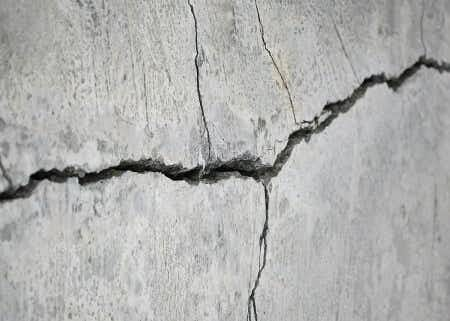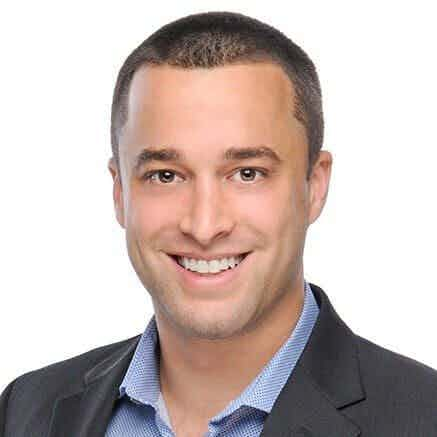Testimony by Biomechanics Expert Ruled Admissible in Georgia Slip & Fall
A Georgia court ruled on the admissibility of expert testimony in a slip-and-fall case, evaluating biomechanical analysis, code violations, and injury consistency.
Updated on
Case: Daugharty v. FDIC, 979 F. Supp. 2d 1353 (M.D. Ga. 2013)
Background: This case involved a slip-and-fall accident suffered by the plaintiff at a bank in Georgia. Upon leaving the bank, Plaintiff tripped and fell on an uneven portion of the concrete walkway that extends from the Bank’s building to the parking lot. Plaintiff hired an expert in trip-and-fall accidents to assist with her case. The expert visited the bank and found that even though the sidewalk had since been ground down by the Defendant, there still remained a change in elevation of three-fourths of an inch in the walkway where the accident occurred.
Plaintiff’s expert offered four expert opinions. They were as follows:
- The Bank maintained a substantial tripping hazard with the walkway;
- The walkway violated various provisions of the International Building Code and the Americans with Disabilities Act (“ADA”);
- There was no act or omission by Mrs. Daugharty that caused her fall or injuries; and
- The injuries she suffered are of a type that would be consistent with a trip-and-fall accident.
In this case, the Court was hearing Defendant’s Motion to Exclude the Testimony and Expert Report of Plaintiff’s expert. They questioned whether this expert was qualified to testify about the biomechanics of the accident and possible code violations. As well as whether his opinions are reliable, based on sounds methods, and would assist the trier of fact.
Outcome: The Court stated in its conclusion:
“…Defendant’s Motion to Exclude (Doc. 18) is granted in part and denied in part. [Plaintiff’s expert] may not testify concerning his opinions that the condition of [Defendant] Bank’s walkway violated the International Building Code…that hip fractures commonly occur in individuals who are more than fifty years old, or that Plaintiff was in good physical health at the time of her fall. However, he may testify as an expert witness regarding his opinions that the Bank’s walkway was a substantial tripping hazard, that no act or omission by [Plaintiff] caused her accident or injuries, and that her injuries were of a type that would be consistent with a trip and fall.” Daugharty v. FDIC, 979 F. Supp. 2d 1353, 1360 (M.D. Ga. 2013).
The Court first decided the expert wasn’t qualified to testify about the biomechanics of the accident and possible code violations. The Court determined the expert was qualified to provide testimony concerning the type of injury Plaintiff suffered in her fall. Although he did not have a degree in medicine or biomechanical engineering, he had extensive training and experience in slip-and-falls. This training and experience included a PH.D. in human anatomy and physiological anthropology, time spent studying biomechanics and orthopedic pathology, membership with multiple professional engineering associations, and also academic interest in the biomechanics of walking and falling.
Although allowed to testify that Plaintiff’s injuries are consistent with a trip-and-fall accident, the expert’s lack of a medical degree meant his testimony that hip fractures are common in individuals over fifty was excluded. Studying the force of a fall on the human body does not allow the expert to testify on medical research suggesting individuals over fifty are more susceptible to hip fractures. Similarly, in reference to Plaintiff’s knee injuries, the expert was allowed to testify as to the type of general injuries a healthy body would have suffered as opposed to an unhealthy one in relation to the biomechanics of a trip-and-fall. However, his testimony that her knee abrasions indicated good physical health at the time wasn’t excluded by the Court.
As for the expert’s testimony that the pre-accident condition of the Bank’s walkway violated the International Building Code, the Court determined that the expert was not qualified to make such testimony, as he had never been a building inspector or code enforcer. It was also suggested the Plaintiff have such evidence of these violations admitted through other means.
Lastly, the Court denied Defendant’s motion to exclude the expert’s testimony that the uneven walkway constituted a substantial tripping hazard was reliable and would actually assist a jury. The Court also relied on factors listed in the Daubert case to show that the methodology the expert used in forming this opinion were reliable and useful. These factors included whether the methodology can be or has been tested; whether the theory has been subjected to peer review and publication; the known or potential rate of error for the methodology; the existence and maintenance of controlling standards for the methodologies operation; and whether the theory or methodology has found “general acceptance” in the relevant scientific community.
In denying this motion, the Court cited the expert’s methodologies and qualifications. His theories about the elevation changes in the walkway were based on studies, he has written a book on slip-and-fall accidents and another on the duty to warn, and has employed similar methods in hundreds of other depositions. The Court agreed that even though anyone with common sense might know an uneven walkway could increase the chances of a slip-and-fall, the expert’s testimony was especially useful because of his past studies of his expertise involving the biomechanics of falling accidents.
About the author
Jared Firestone, J.D.
Jared Firestone, J.D., is a multi-disciplinary attorney with expertise in a range of legal areas. He founded and operated Firestone Law Firm PA in Hollywood, Florida, and worked as an Associate Attorney at Gustman Law P.C. in New York. His practice areas include Personal Injury, Criminal Defense, Medical Malpractice, Trusts & Wills, Civil and Commercial Litigation, Family Law, Real Estate, and Immigration. Additionally, he has experience in real estate, focusing on residential property in the Miami/Fort Lauderdale areas. Firestone also served as a pro bono Mediator at the Benjamin N. Cardozo School of Law Divorce Mediation Clinic. He holds a J.D. from Cardozo School of Law, where he honed skills in E-Discovery, Divorce Mediation, and Legal Writing, and a Bachelor’s degree in Philosophy from Tulane University.
Subscribe to our newsletter
Join our newsletter to stay up to date on legal news, insights and product updates from Expert Institute.
Sign up nowA Sample Voir Dire: How To Qualify An Expert Witness
Download free white paperChallenging Opposing Experts: Advanced Research Techniques
Download free white paperCross Examining Expert Witnesses: The Ultimate Guide
Download free white paper
Subscribe to our newsletter
Join our newsletter to stay up to date on legal news, insights and product updates from Expert Institute.



